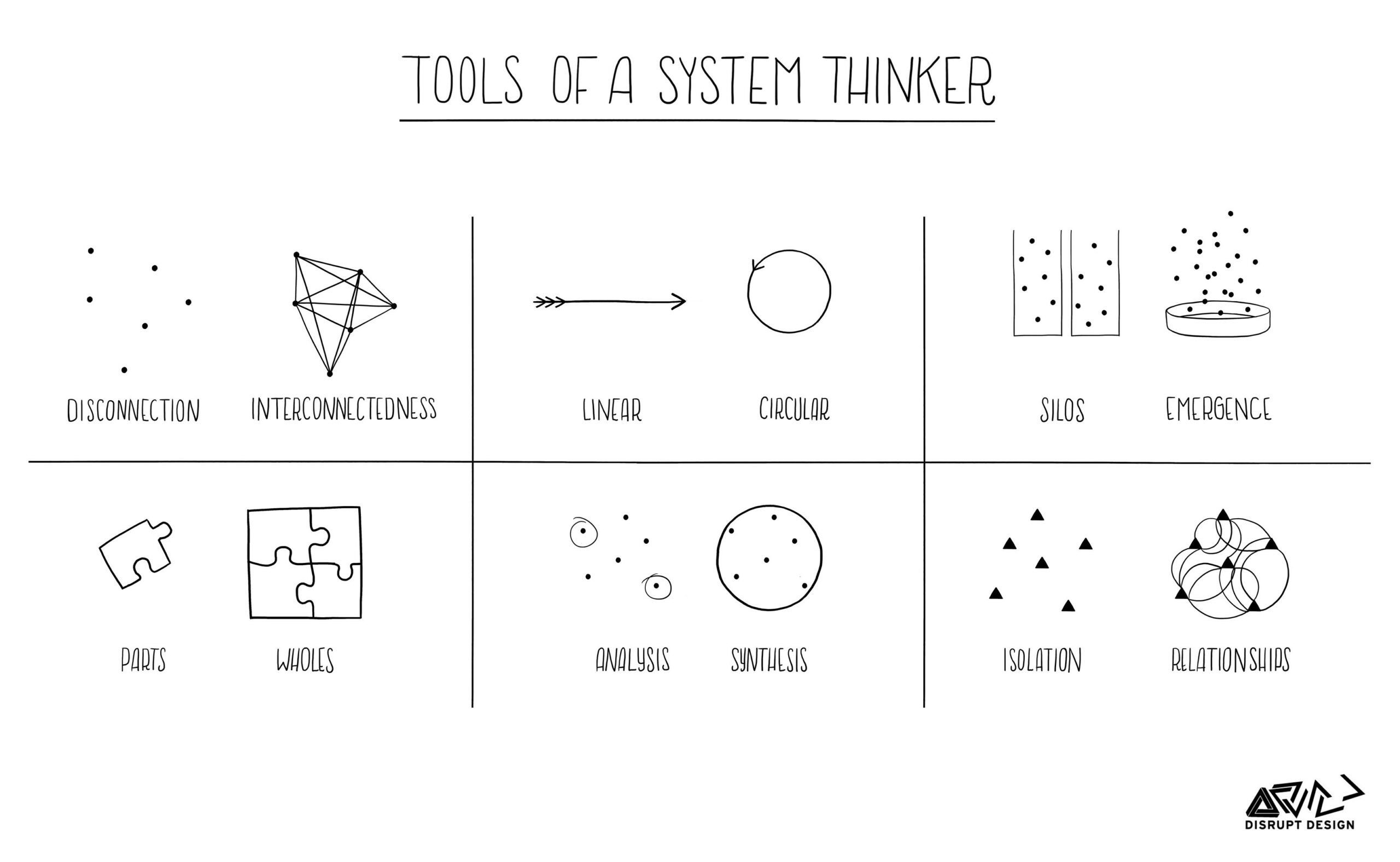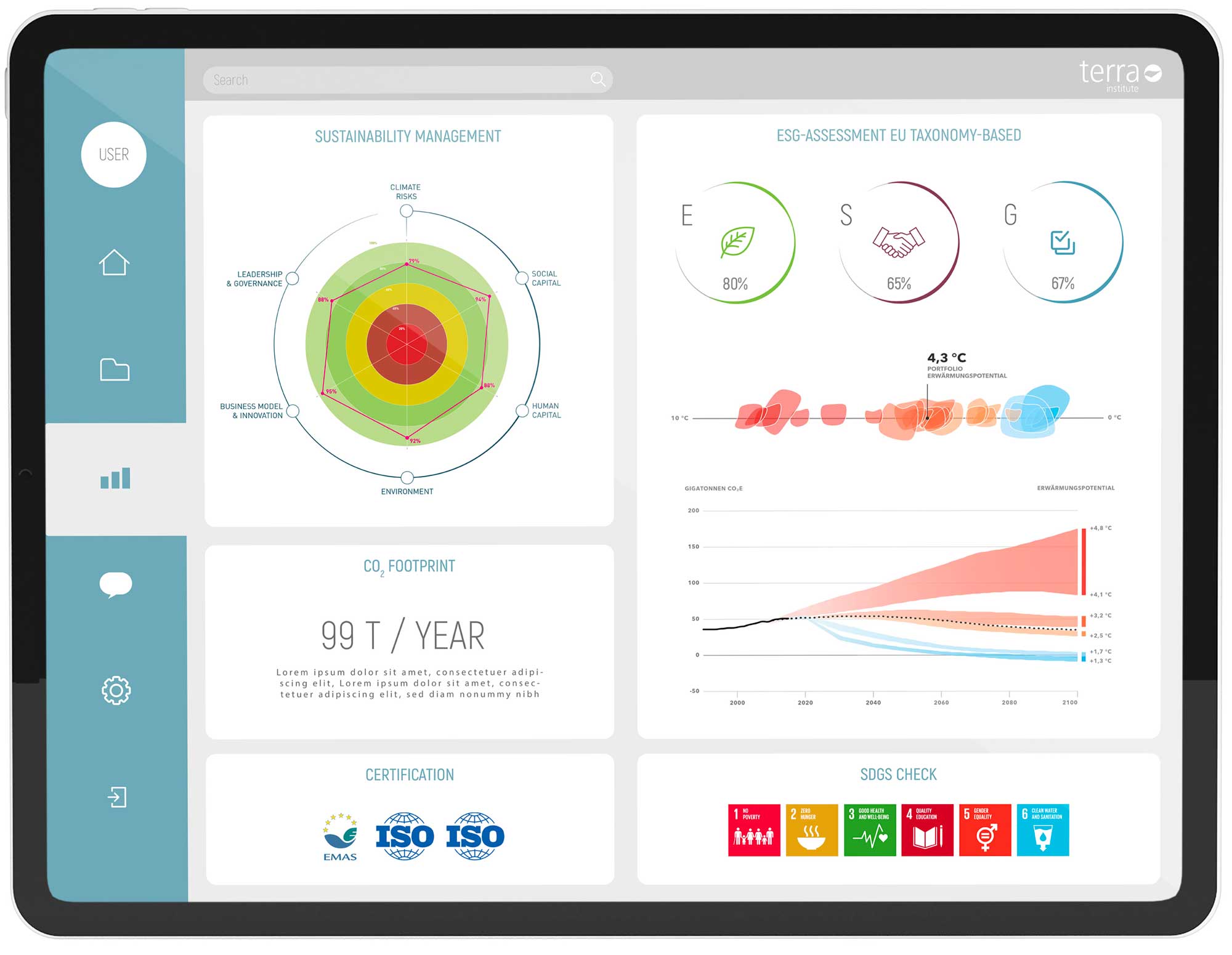IN OUR BLOG POST ‘UNDERSTANDING CLIMATE NEUTRALITY: UNPACKING GREEN CLAIMS AND PRESCRIPTIONS FOR REAL ACTION’, WE EXPLORE THE COMPLEXITIES OF ACHIEVING CLIMATE NEUTRALITY IN THE FACE OF GROWING ENVIRONMENTAL AWARENESS AND THE EU’S 2050 NET ZERO TARGET. THIS PATH FACES CHALLENGES IN IMPLEMENTATION, BUT ALSO IN TRANSPARENT AND UNDERSTANDABLE COMMUNICATION AND THE GROWING RISK OF GREENWASHING. WITH THE INTRODUCTION OF THE GREEN CLAIMS DIRECTIVE, THE EU AIMS TO INCREASE TRANSPARENCY IN ORDER TO PROVIDE CONSUMERS WITH CLEARER ENVIRONMENTAL INFORMATION AND TO LEGALLY PREVENT MISLEADING INFORMATION. THE ISSUE OF CLIMATE NEUTRALITY ALSO REQUIRES ITS OWN ATTENTION.
Rapid climate change in recent years has already had a profound impact on millions of people around the world. In response, international efforts to reduce emissions, mitigation strategies and personal commitments have been recognised. New regulations on green claims and carbon neutrality are pointing the way to a sustainable future. The European Union’s ambitious strategy, stemming from the European Green Deal, aims to achieve climate neutrality by 2050 and tackle the global emissions challenge. The momentum for environmental ambition (environmental communication) has also spread to the product level, with a growing demand for green products. In line with this trend at EU level, companies are increasingly using environmental labelling to communicate their climate actions to consumers. However, the lack of clear specifications and regulations for sustainability claims, known as green claims, has allowed companies to develop confusing climate-related terms such as ‘climate neutral product’, ‘CO2 neutral’, ‘100% sustainable’ and many more. Green claims and climate neutrality – what’s behind them?
UNDERSTANDING CARBON NEUTRALITY
The concept of climate neutrality emerged during the international climate conference in Paris in 2015, with the aim of offsetting greenhouse gas emissions generated by industry and people through savings from mitigation and reduction measures. Legislative frameworks and regulations have followed to ensure that EU policies contribute to the 2050 net zero target. While these frameworks focus on achieving climate neutrality, they lack guidelines for communicating these efforts. It is important to note that the term ‘climate neutrality’ itself can be misleading, as it suggests that no emissions are being emitted, whereas the aim is to offset emissions through offsetting measures.
STRATEGIES FOR ACHIEVING CARBON NEUTRALITY
In principle, there are several ways to achieve net-zero emissions, or climate neutrality. To achieve this goal, it is important to know how and where to start. To do this, it is necessary to calculate a CCF – a corporate carbon footprint. This involves recording all annual direct and indirect greenhouse gas emissions that the company generates or is responsible for. The next step is to implement internal measures to improve efficiency. Unavoidable emissions can be offset through financial support for reforestation and carbon offset projects. While these measures have a role to play, the focus should be on reducing emissions internally through energy efficient technologies, sustainable production processes and measures to reduce direct fossil fuel consumption.
THE PATH TO NET ZERO
The path to net zero encompasses different approaches and strategies that companies can use to achieve carbon neutrality. Some companies are changing their business models and adopting comprehensive climate strategies , while others are setting diffuse, unsophisticated targets and using readily available offsets to offset a large proportion of their emissions. The choice between financial participation in climate projects or avoiding internal action highlights the need to distinguish between companies that are genuinely committed to climate action and those that are exploiting the easiest opportunities for marketing gain. Unravelling the complexity of these approaches is crucial to understanding which companies are truly contributing to the fight against climate change and which are exploiting loopholes without serious intentions.
GREENWASHING AND THE GREEN CLAIMS DIRECTIVE
Unsubstantiated claims of contribution to the fight against climate change, known as greenwashing, pose a significant threat to transparent climate communication and hinder progress by misleading society. The Green Claims Directiveaims to address this by establishing common criteria for valid environmental claims, improving transparency and enabling consumers to make informed choices based on trustworthy labelling.
In conclusion, achieving carbon neutrality is a complex journey that requires the combined efforts of individuals, businesses and policy makers. While we are not advocates of any particular terminology, navigating this path requires a deep understanding of the different approaches to carbon neutrality and a clear distinction between companies that are taking serious action and those that are merely pursuing superficial strategies. It is up to all of us to lead the way to a sustainable future by understanding the complexity of the challenge and taking concrete, effective action.










